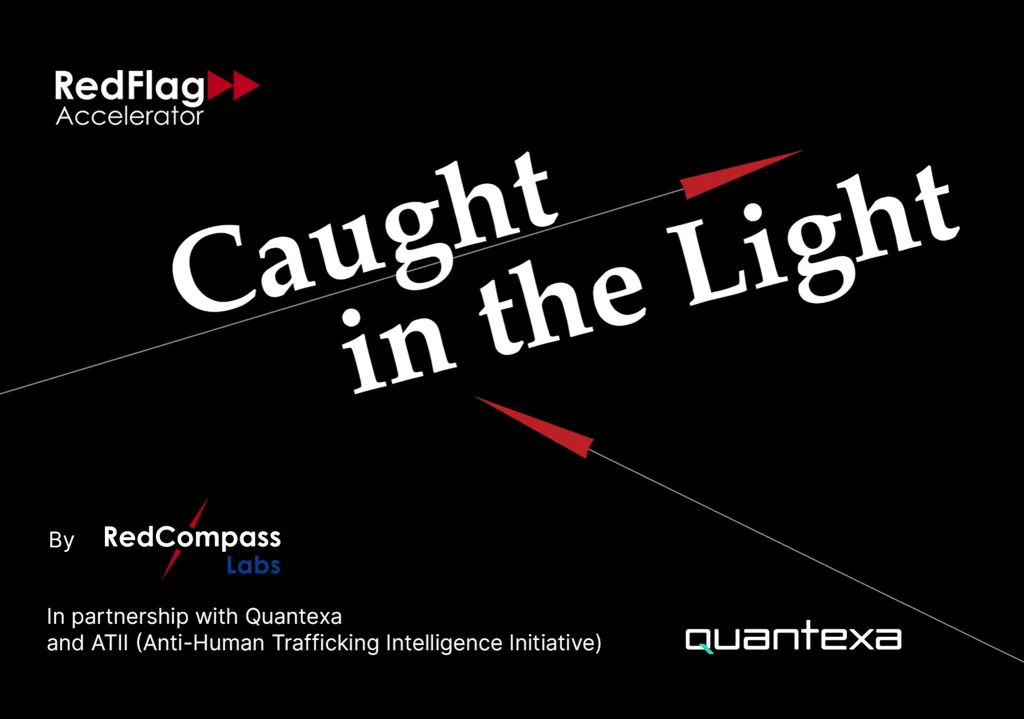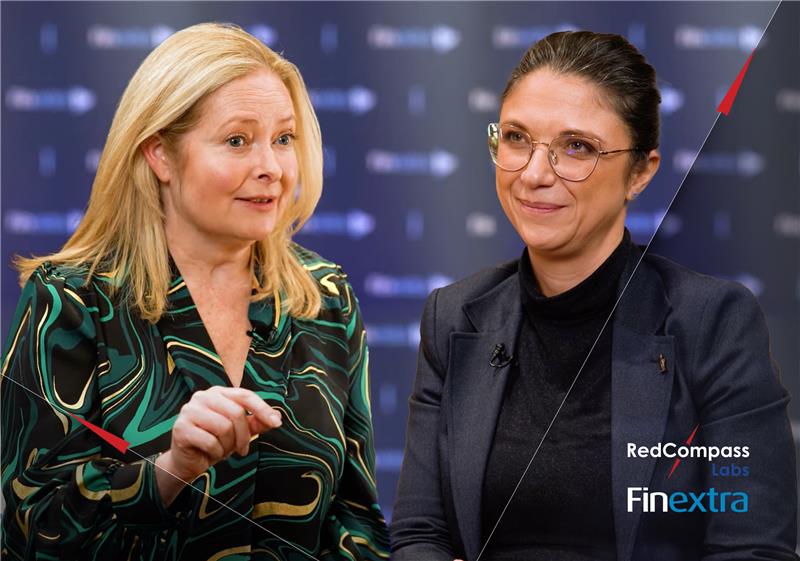What makes UPI easy to adapt across countries?
What’s been the key to UPI’s success? What makes UPI easier to adapt across countries than other payment schemes? And how are countries like Singapore and France already taking advantage?
UPI is a QR code-based payment. Consumers can make a UPI transaction using any smartphone device connected to the internet, so long as they have mobile banking. Transactions are sent across payments systems, which means it’s more convenient, and provides benefits above and beyond other commonly available payment methods.
Which is important, particularly when you consider the scale and cost of cross-border remittances in India. Indian consumers paid more than ₹263 billion as foreign exchange fees in 2020, of which roughly ₹97 billion were hidden as exchange rate markups on currency conversions, payments, and card purchases.
Fast and free interoperable UPI payments can significantly reduce the amount Indians pay in cross-border remittances and make sending money across borders effortless. It has the potential to benefit millions of people, in India, and around the world.
It should come as no surprise then, that UPI is taking off.
The Reserve Bank of India (RBI) and the Monetary Authority of Singapore (MAS) recently launched a tied-up version of UPI and Singapore’s PayNow in February 2023.
Neither India nor Singapore currently charges fees for cross-border transactions through UPI, despite enabling real-time settlement of funds. Through scalable cloud-based infrastructure, the scheme clocked close to 3,000 transactions in its first month.
And the same is happening in France, too. Though still in its initial stages, the French payment scheme Worldline has partnered with UPI to allow merchants’ point-of-sale (POS) systems to accept UPI payments, enabling cross-border UPI implementation at a commercial scale.
Worldline, which works with banks to deploy Point-of-Sale (PoS) terminals at merchant outlets, is scaling its acquisition of online and offline retail merchants in India, providing fintechs in France a gateway into the Indian market, just like we’re seeing in Singapore.
As India’s experience goes to show, government-facilitated payment systems can nudge millions into a better economic life.
And countries around the world are taking note.
As well as Singapore and France, several Middle Eastern countries are planning to jump on the UPI bandwagon in 2024. But what can North America learn, one of the most advanced regions on earth?
Stay tuned for our third and final 100 second series on UPI, where we discuss how to implement payments schemes like UPI by exploring the landscape, challenges, and opportunities in the US and Canada.
Share this post
Written by

Pratiksha Pathak
Head of Payments Services
Resources





